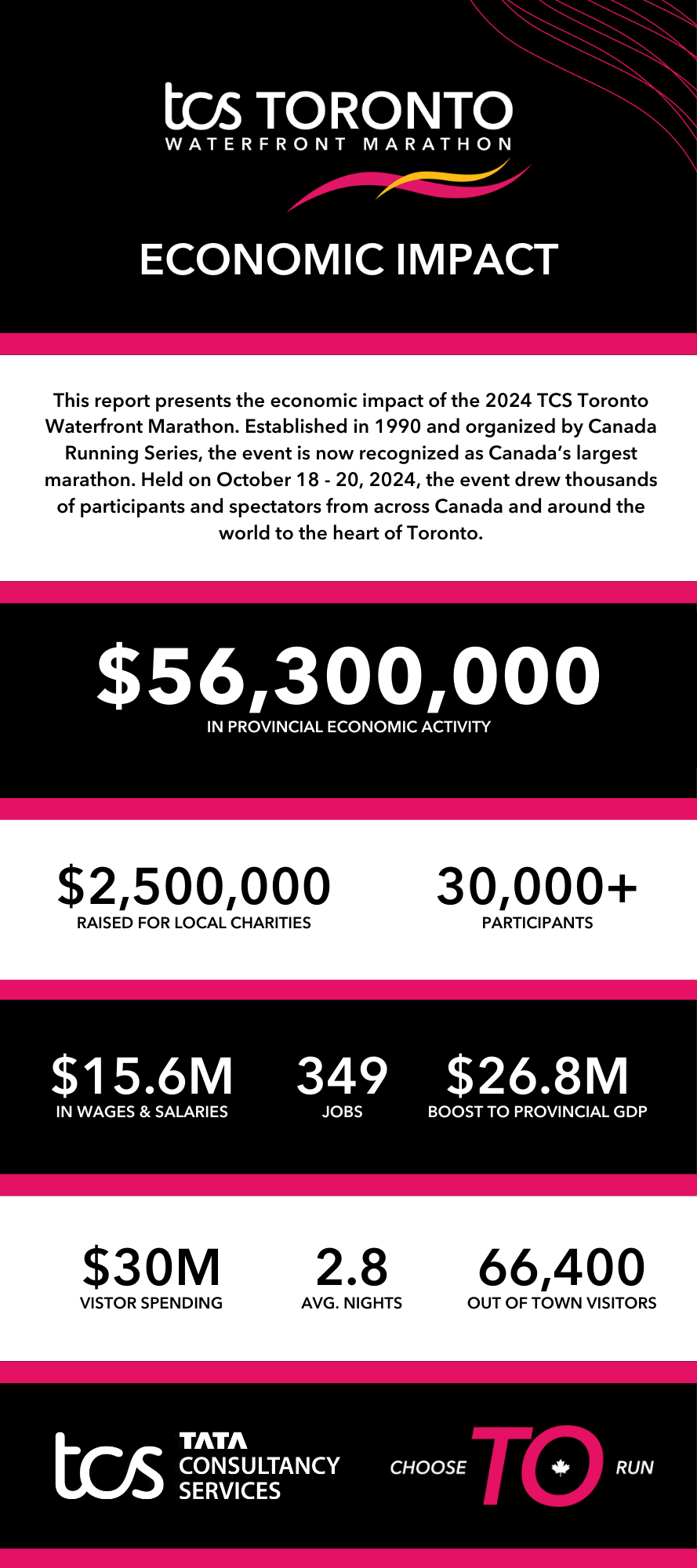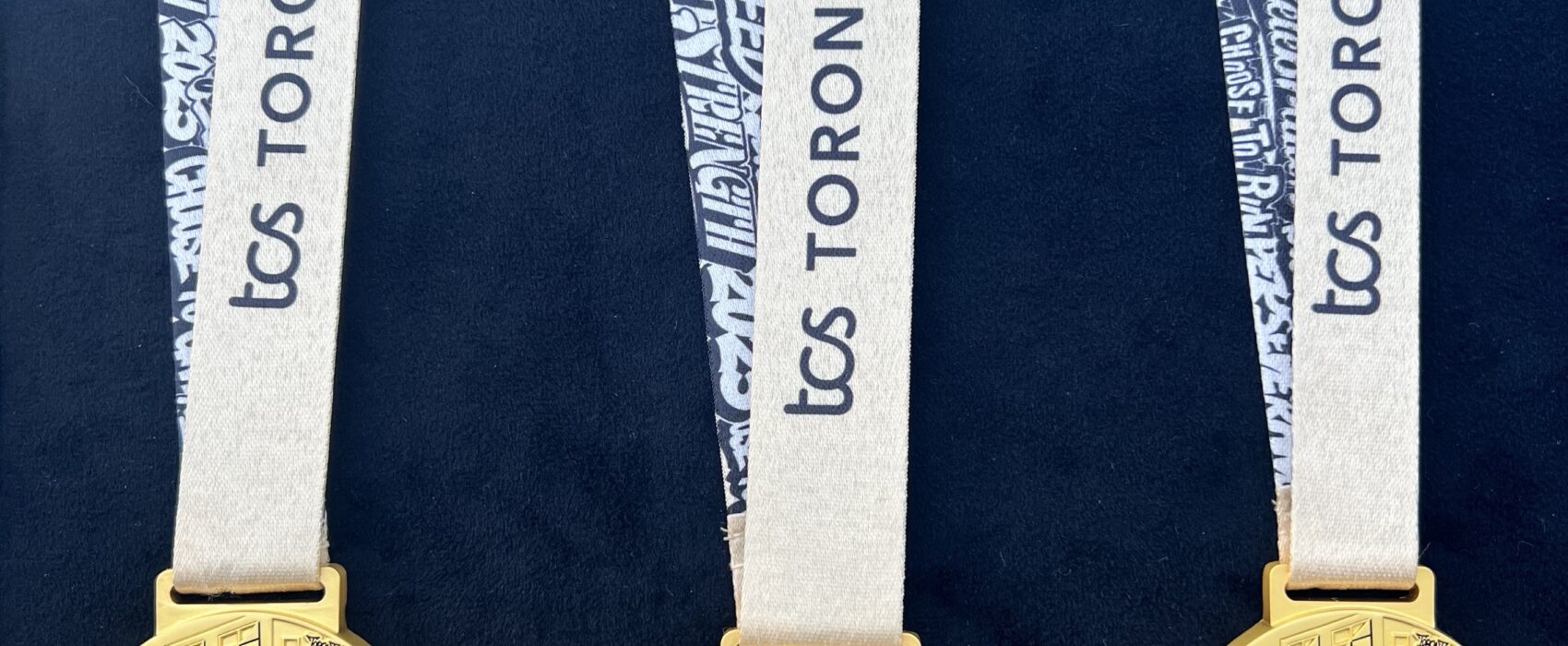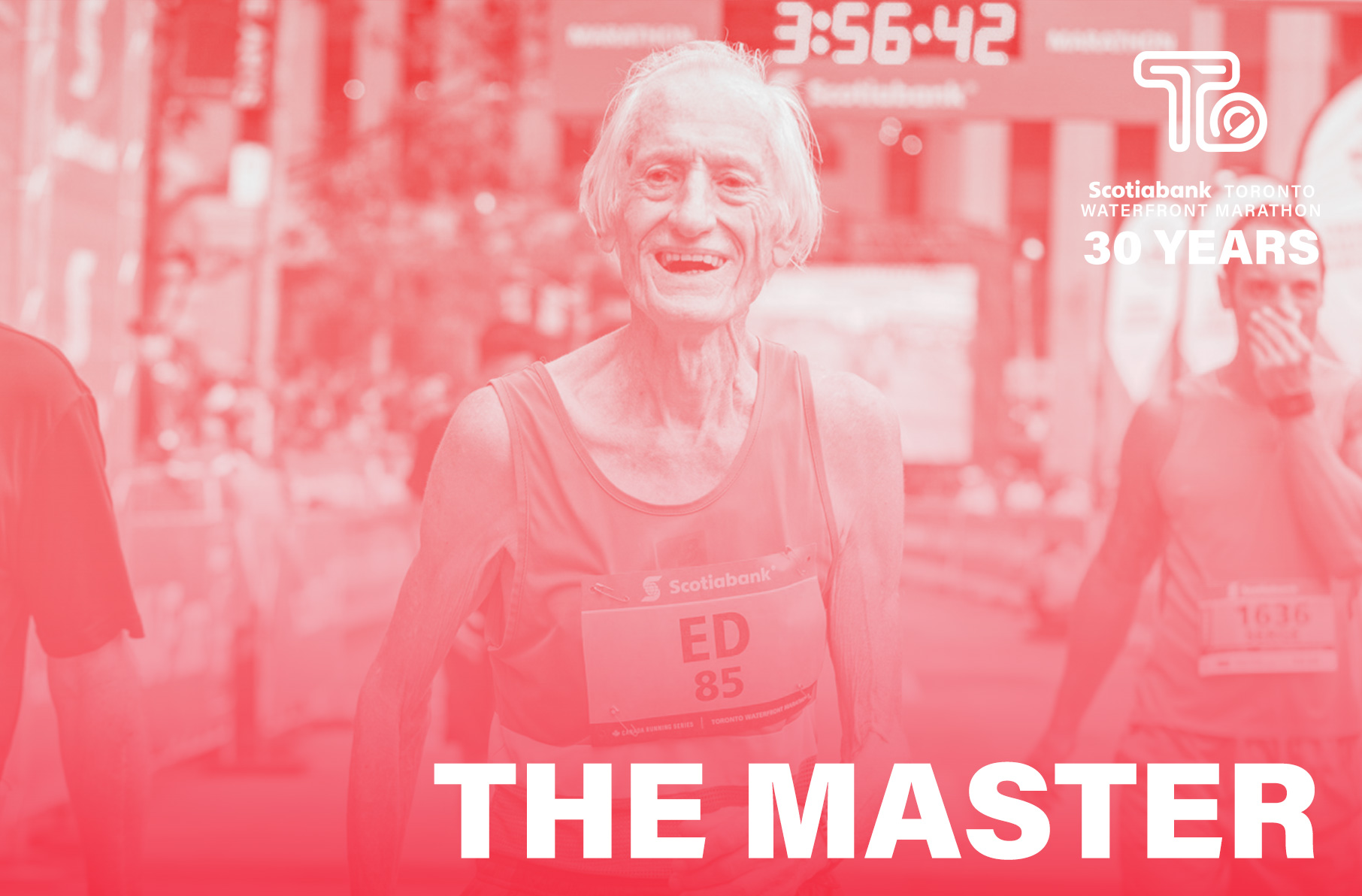
By Ravi Singh
Marathons become the subject of news and local legend, but marathoners themselves rarely do. There’s bound to be some overhead shots and a quick recap on the local news of the New York City and Boston Marathons, both of which have in themselves become cultural mainstays. Less likely, however, is a marathoner commanding a global audience and cult of personality in the way their counterparts in other sports might.
The Scotiabank Toronto Waterfront Marathon, however, managed to produce something of an exception to the rule in a running curiosity named Ed Whitlock. The Milton resident had a brief flirtation with running in his youth before dropping the habit during adulthood only to return in his 40s.
In 2004, he became the oldest man to ever run a marathon in under three hours, running a 2:54:49 in Toronto at age 73.
Ed was a bundle of contradictions. He was a fast runner who didn’t do speedwork. He was a runner with world records who had no sponsors. He had an incredible amount of longevity, yet maintained habits that would sabotage the rest of us, whether running for three hours every day in the lead up to his world record in 2004 or wearing the same shoes for over a decade.
Ed also broke other barriers in that he made the world care about a runner.
At the Scotiabank Toronto Waterfront Marathon in 2016, Ed became the oldest man at the age of 85 to break 4:00 in a marathon. The next day, the race communications manager, Jenna Pettinato, says, “that was busier than the day of the race for me. Requests came in from all over the world. Everyone wanted to talk to Ed.”
Ed somehow found his way into People Magazine, where he mused about his future, “You never really know if you’ve run your last race or not. I think I do have longevity in my genes, but you never know—you might get hit by a bus.”

Whitlock at 81 finishes the Scotiabank Toronto Waterfront Marathon, setting a world record for his age group. (Steve Russell/Toronto Star via Getty Images)
In December 2016, the New York Times marvelled at Whitlock as, “curious, relatively unconstrained and full of “physical and emotional vigor,” not so different from the older aunt or uncle who insists on shooting squirt guns at family reunions.”
It wasn’t just the numbers, but the raw ambition and grace, two things that are sometimes difficult to find anywhere in this world, with which Ed approached running. It was the fact that he made us say, “How?”
Even Vice Media, usually preoccupied with guerilla warriors and dark tourism, found time to produce a video more contemplative and subdued than its usual fare.
The video does capture something a bit sad about Ed, another one of his contradictions, which was that he could commit so strongly do something he admitted he at times didn’t really care for. It’s perhaps not possible to know or ever fully understand a man like Ed Whitlock and that’s why he’ll remain an enduring curiousity and one that continues to inspire even if it was never his intention. What remains is his legacy, and the cold hard facts of his performances: some of the greatest ever by anyone to run a marathon.
Whitlock’s Single-Age World Records in the Marathon
Source: ARRS.run
68y253d 2:51:02 14 Nov 1999 Columbus
69y237d 2:52:50 29 Oct 2000 Columbus
72y206d 2:59:09.3 28 Sep 2003 Toronto
73y204d 2:54:48.3 26 Sep 2004 Toronto
74y035d 2:58:40.0 10 Apr 2005 Rotterdam
75y202d 3:08:34.5 24 Sep 2006 Toronto
80y224d 3:15:53.9 16 Oct 2011 Toronto
81y222d 3:30:28.4 14 Oct 2012 Toronto
82y228d 3:41:57.8 20 Oct 2013 Toronto
85y224d 3:56:38 16 Oct 2016 Toronto
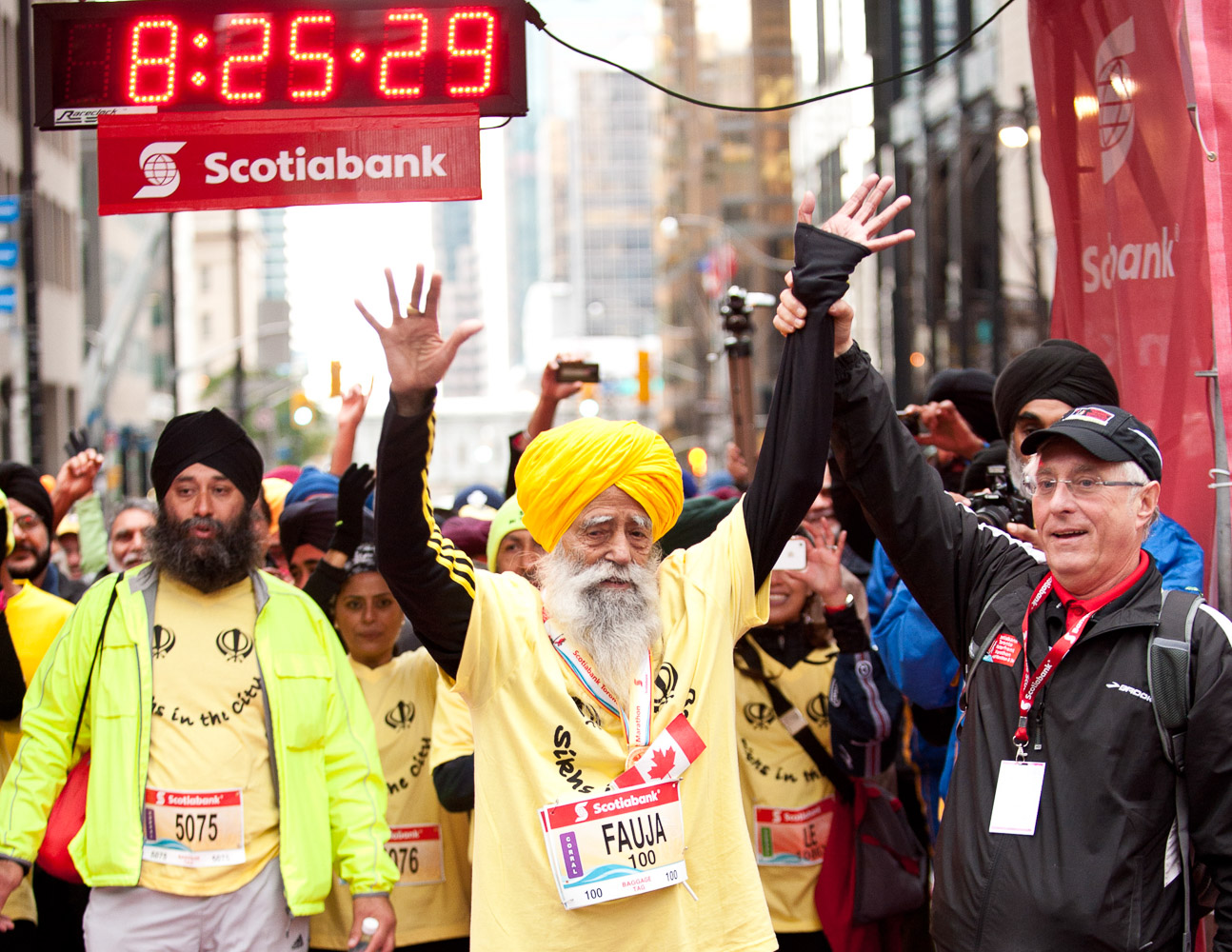
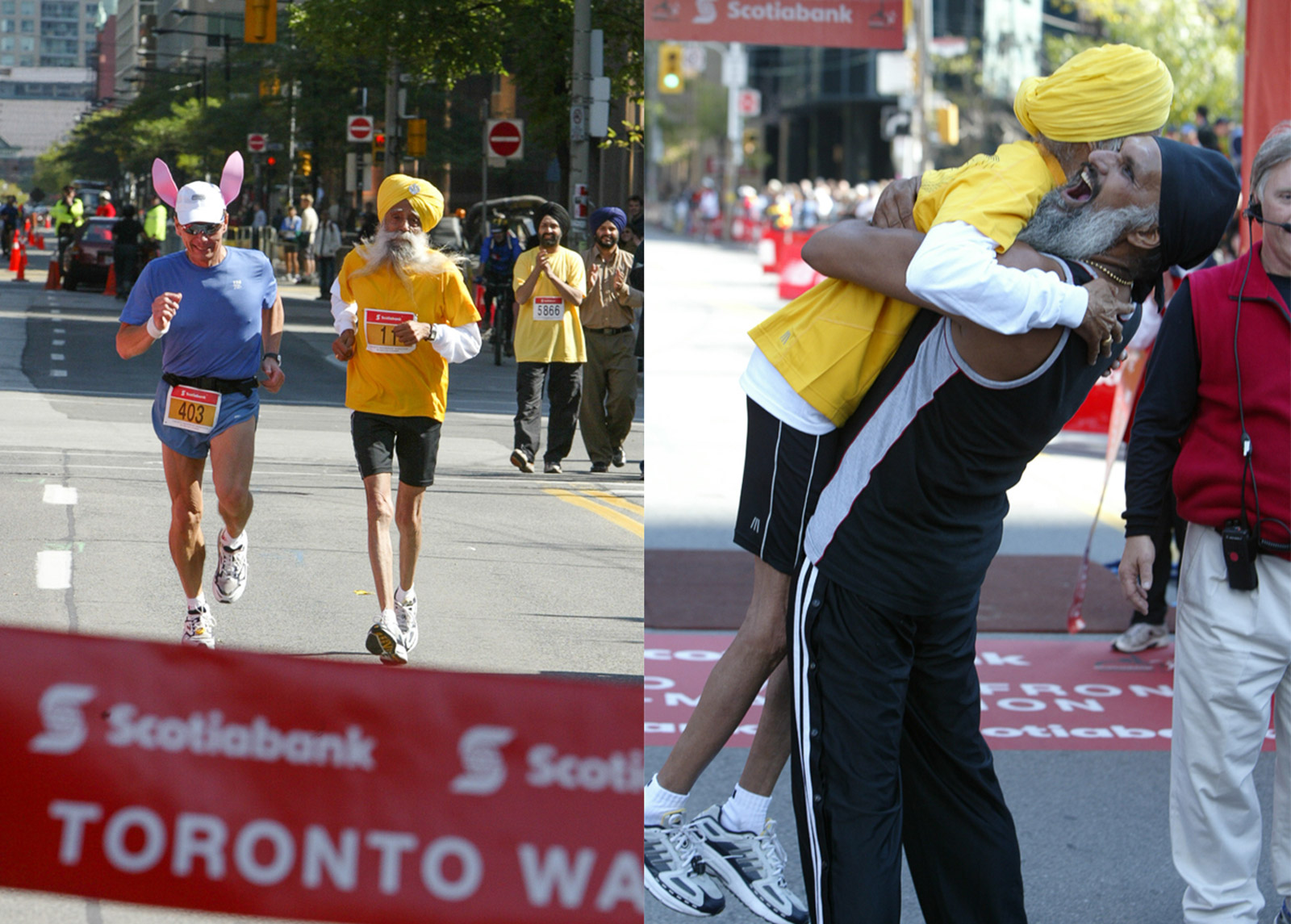 The oldest man to ever finish a marathon at 101, supposedly didn’t walk until he was five. Running through every story about the man they called the Turbaned Tornado, however, is an unquestioned reverence for what he achieved, the impact he made, and the people he inspired.
The oldest man to ever finish a marathon at 101, supposedly didn’t walk until he was five. Running through every story about the man they called the Turbaned Tornado, however, is an unquestioned reverence for what he achieved, the impact he made, and the people he inspired.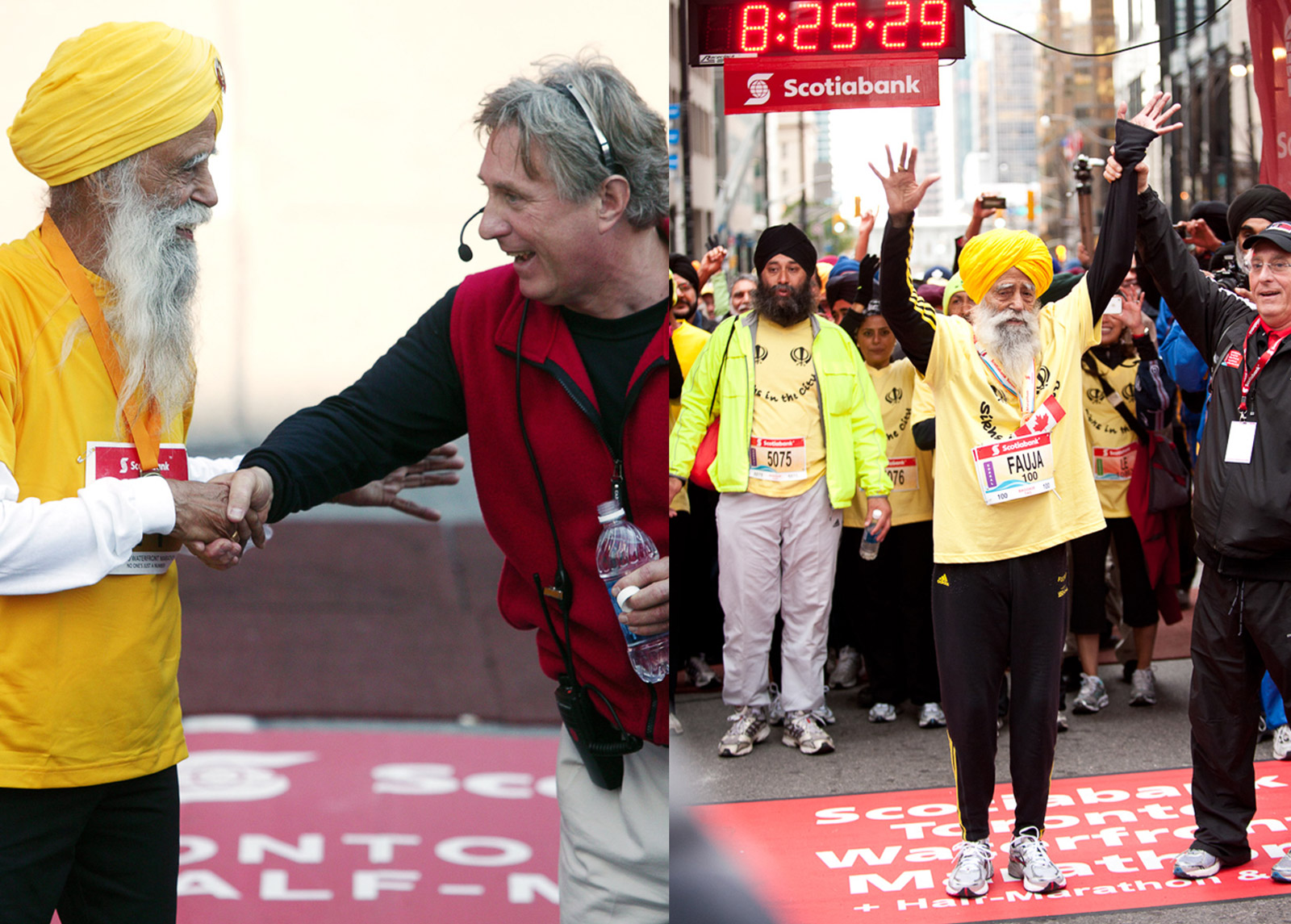 After 42 kilometers, Fauja still had the energy to entertain admirers and leave a legacy in the city. Harmander explains that the race “…was the trigger for many health conscious initiatives such as the ‘Inspirational Steps’ program organised by the Toronto based Guru Gobind Singh Children’s Foundation, which has evolved into an annual series of different distance races attracting over 500 participants from the South Asian communities.”
After 42 kilometers, Fauja still had the energy to entertain admirers and leave a legacy in the city. Harmander explains that the race “…was the trigger for many health conscious initiatives such as the ‘Inspirational Steps’ program organised by the Toronto based Guru Gobind Singh Children’s Foundation, which has evolved into an annual series of different distance races attracting over 500 participants from the South Asian communities.”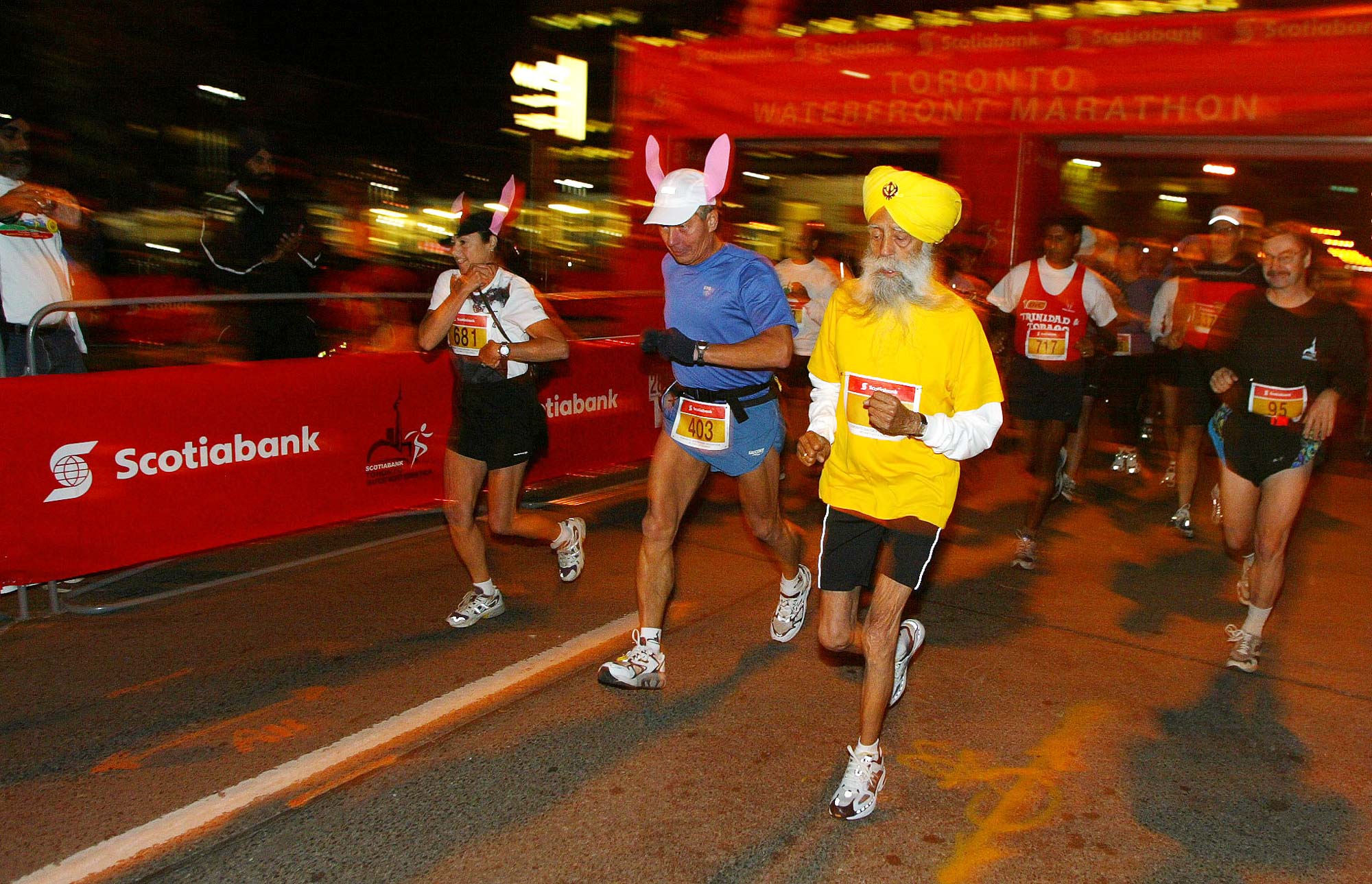
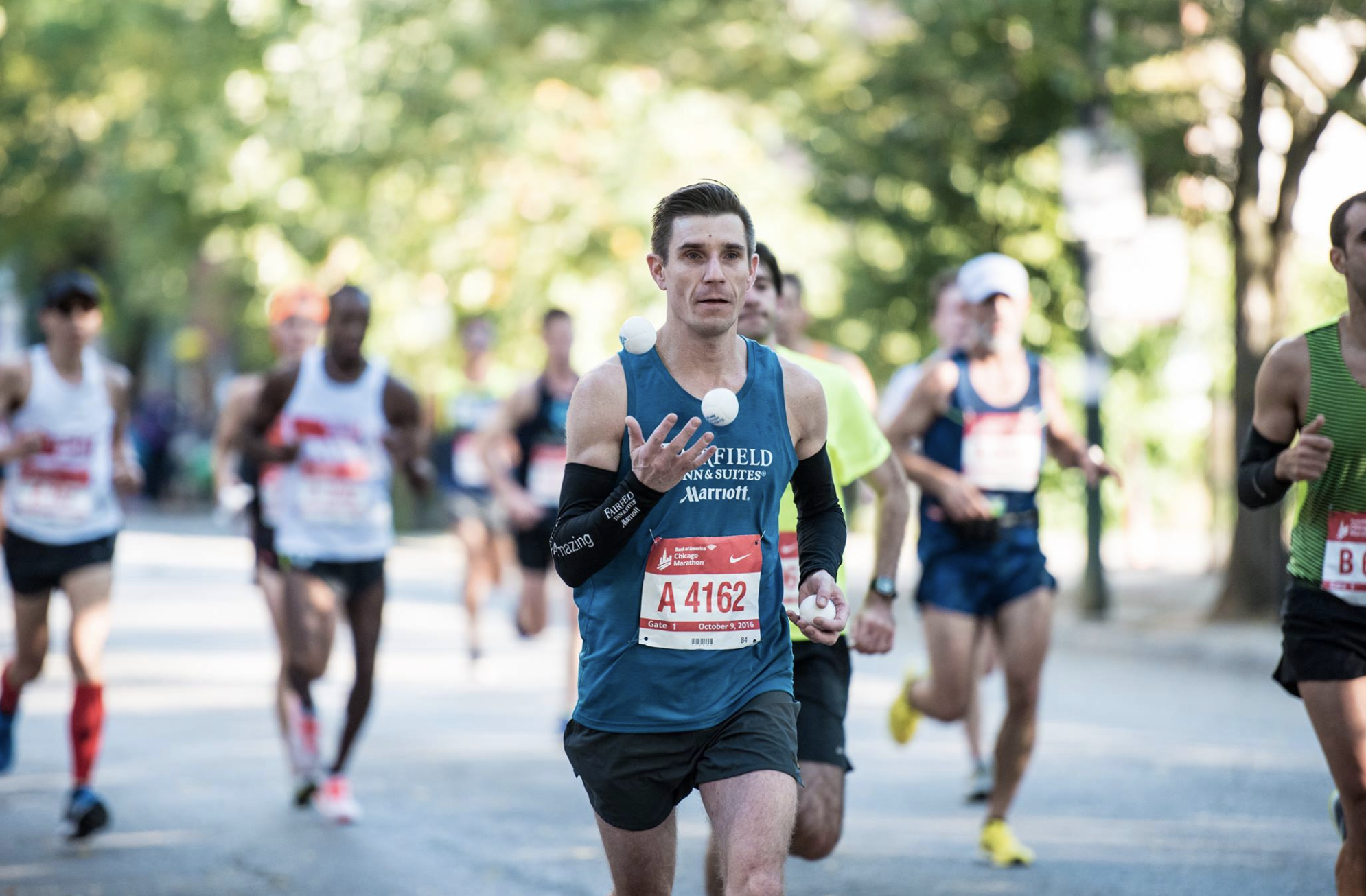
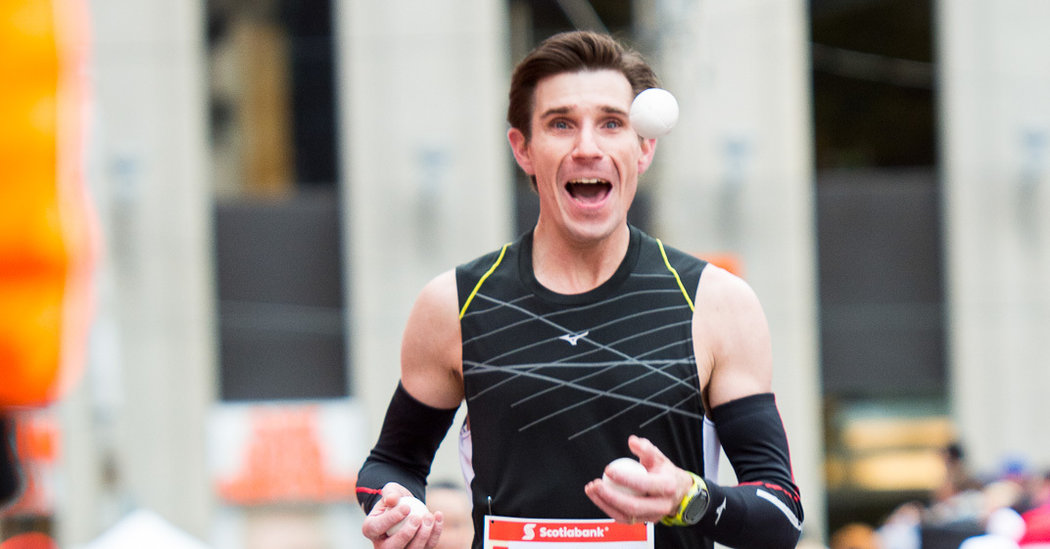 Joggler Out
Joggler Out

